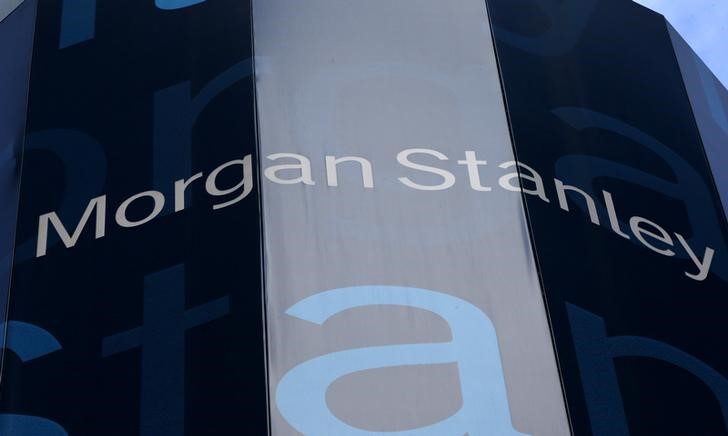Investing.com -- Continued stabilization in the economic surprise index is expected to bolster quality cyclicals, even in the face of rising yields, according to Morgan Stanley (NYSE:MS) strategists.
The Wall Street firm has recently upgraded cyclicals over defensives, backed by positive correlations between cyclicals and interest rates. The move comes as the rates market, which often holds onto growth risks longer than the equity market, is indicating less concern over growth, aligning with resilient economic data.
“This confirmation gives us more confidence in our recent upgrade of cyclicals relative to defensives,” strategists said in a Monday note.
In contrast, defensives are showing a negative correlation to yields. Essentially, "good" macroeconomic data is still “good” for many large-cap cyclicals, Morgan Stanley notes, while it negatively impacts defensives.
“Thus, further stabilization in the economic surprise index should continue to support quality cyclicals' relative performance even if it comes amid higher yields,” strategists emphasize.
Meanwhile, the sentiment and positioning in cyclicals remain light, particularly in the financial sector. The firm upgraded financials to overweight last week, citing several positive factors including rebounding capital markets activity and a favorable loan growth environment projected for 2025.
Moreover, potential acceleration in buybacks following the Basel Endgame re-proposal and attractive relative valuations were mentioned. The firm also noted that bank stocks had previously de-risked following cautious comments from large cap banks in mid-September, which has set a lower bar for the current earnings season that banks seem to be surpassing.
Looking ahead, the focus turns to the upcoming US election once again. In this context, strategists pointed out three high-level dynamics.
This includes their thoughts that the business cycle “remains more important than the election outcome,” the potential for increased volatility during election years, which typically peaks in September and October before declining in November, and historical patterns showing a preference for quality assets during election years.
